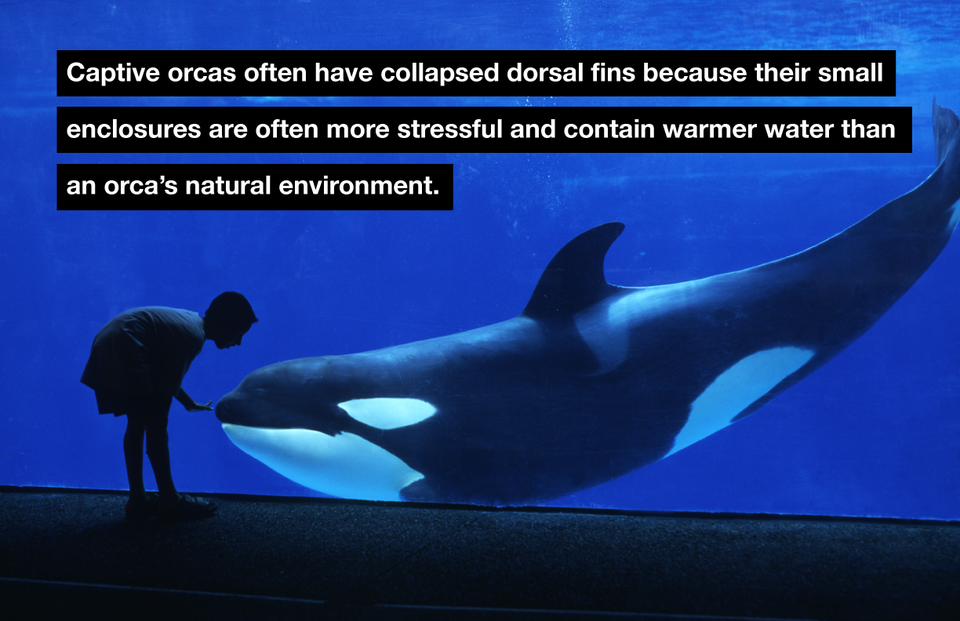Turns out, whales like to hang out with their tails out -- and for an incredibly long time.
While testing out new drone cameras off the coast of Maui, Hawaii, in February, whale researchers came across an upside-down humpback whale whose fluke was hovering above the water while her calf swam around her.
Her tail, however, didn't immediately flap back down.
The whale stayed upside down with her tail erect for the entire 10 to 15 minutes the researchers were able to see her, almost as if she were using it as a sail to hitch a ride with the wind.
This behavior is known as tail-sailing, but it's not actually used as a way to navigate the oceans.
"They're not sailing [in the sense] that they're navigating off to another destination," Ed Lyman, resource protection specialist for the Hawaiian Islands Humpback Whale National Marine Sanctuary, told The Huffington Post. "It just appears like the fluke is a big sail."
Scientists aren't entirely sure why whales behave this way, but Lyman, who captured the footage seen above and below, says it's very rare to document it. He's received reports of a whale tail-sailing for as long as 10 hours, but capturing this whale on camera "was a very serendipitous opportunity."
Lyman offered a few theories that researchers have considered to explain the strange-looking practice:
They're getting much-needed rest.
Usually, tail-sailing whales are females with their calves nearby.
"A lot of times," Lyman explained, "they pick a protected area, shallow with good visibility, so they can sit there, so to speak, and watch over junior while conserving energy."
This is especially important toward the end of Hawaii's whale-watching season, which winds down in May, when humpback whales are still nursing their new calfs and preparing for their long journey back to Alaskan waters.
They're feeding their young.
"We know logically that nursing is a part of this [behavior]," Lyman told HuffPost. While the whale rests in this position, he explained, its mammary glands are in the perfect orientation for the whale to squirt milk into the calf's mouth.
They're cooling down.
Studies suggest that whales keep their tails above water for extended periods of time in order to cool down, a process known as thermoregulation.
"The tail's up, it's wet and the wind's blowing across it," Lyman explained, adding that all of this helps to cool the whale's skin.
All of the above.
Most likely, tail-sailing humpback whales could be doing all three things at once, according to Lyman.
"It could be resting, it could nurse its calf and cool off when its hot, all at the same time," he said. "It's not one particular advantage or function, but a combination of all three."
Check out the footage below and decide for yourself what these majestic creatures are up to.

